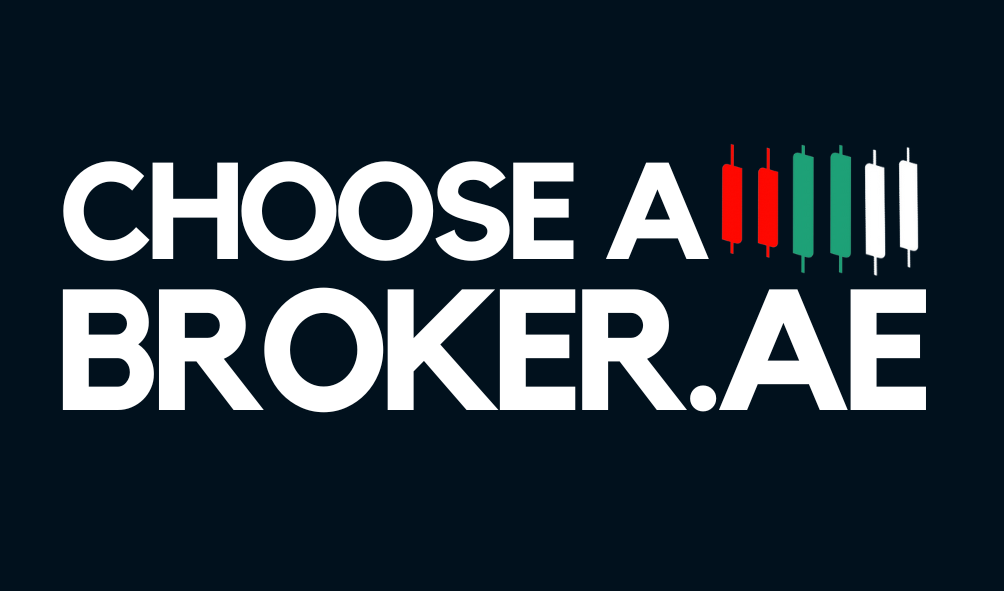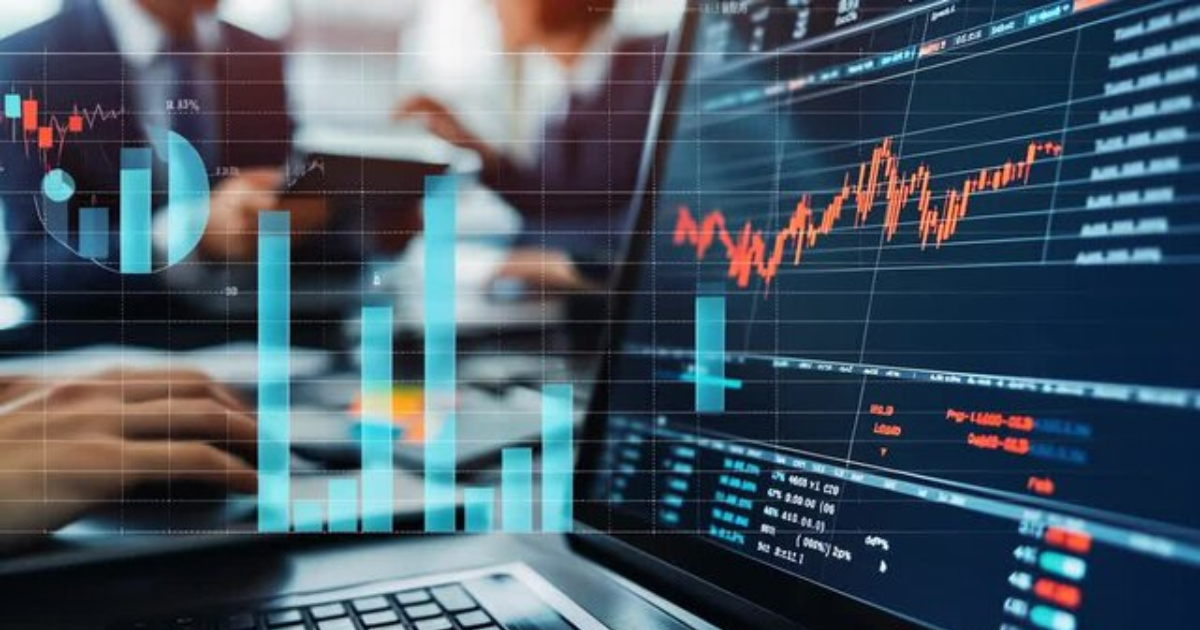By Sam Reid
“A staggering 90% of new traders lose their accounts within four months." That jaw-dropping stat underscores a harsh reality: starting with too little capital can be a fast track to frustration. But what if you only have $100? In our experience, trading on a shoestring budget can be a powerful learning tool—if you approach it strategically!
Understanding Account Types and Lot Sizes
Most brokers for forex trading offer a hierarchy of account types: Standard, Mini, Micro, and Nano. These labels indicate how many currency units you can control with one lot:
- Standard lot: 100,000 units (1 pip ≈ $10)
- Mini lot: 10,000 units (1 pip ≈ $1)
- Micro lot: 1,000 units (1 pip ≈ $0.10)
- Nano lot: 100 units (1 pip ≈ $0.01)
Nano and micro accounts make it technically possible to trade with as little as $1–$100. But shrinking your position size also shrinks your margin for error—and your potential profits. A 4% win on $100 is just $4, and it can feel deflating after hours of analysis. That small thrill often leads traders to chase bigger positions or overtrade.
The Leverage Balancing Act
Leverage is a double-edged sword. It can magnify gains, but it equally magnifies losses.
You’d need $100 margin to trade a mini lot of 10,000 units. That means a 1-pip adverse movement wipes you out (plus spread).
Margin drops to $50. At $1 per pip, you get a 50-pip buffer. Sounds better, but you’re forced into scalping territory to avoid margin calls.
Margin falls to $25, giving you about a 25–75 pip cushion depending on pair volatility. Still tight for any swing or trend strategy.
Margin plummets to $10. Yet now a 10-pip move costs you the account. Yikes!
- 1:100 leverage (theoretical)
You’d need $100 margin to trade a mini lot of 10,000 units. That means a 1-pip adverse movement wipes you out (plus spread).
- 1:200 leverage (realistic)
Margin drops to $50. At $1 per pip, you get a 50-pip buffer. Sounds better, but you’re forced into scalping territory to avoid margin calls.
- 1:400 leverage
Margin falls to $25, giving you about a 25–75 pip cushion depending on pair volatility. Still tight for any swing or trend strategy.
- 1:1,000 leverage
Margin plummets to $10. Yet now a 10-pip move costs you the account. Yikes!

The takeaway? Higher leverage only benefits the broker if you blow your balance. Instead, choose modest leverage—just enough to lower margin without encouraging reckless bets.
Why $100 Is Primarily an Educational Investment
Turning $100 into significant profit is extraordinarily unlikely. Even seasoned traders wrestle with growing $5,000 accounts into six figures. With $100, your real goal should be:
1. Skill building: Practice entries, exits, risk controls.
2. Emotional management: Learn to detach from tiny gains and losses.
3. Strategy validation: Prove that your system works before scaling.
1. Skill building: Practice entries, exits, risk controls.
2. Emotional management: Learn to detach from tiny gains and losses.
3. Strategy validation: Prove that your system works before scaling.
If you treat those first $100 as tuition—rather than capital—every loss becomes a lesson, not a disaster.
Choosing the Right Broker: XM for Low Budgets
When you’re trading on $100, every cent of cost matters. We recommend XM as one of the best brokers for forex trading with low minimum deposits. Here’s why:
If you’re comparing trading brokers online, look for similar features: low deposits, small lot options, and clear fee structures.
- Low minimum deposit: Start from $5, so your $100 goes further.
- Flexible lot sizes: Micro and nano lots let you fine-tune risk.
- Transparent fees: No hidden charges on deposits or withdrawals.
- Robust education: Webinars, articles, and market analysis right on the platform.
If you’re comparing trading brokers online, look for similar features: low deposits, small lot options, and clear fee structures.

Five Steps to Start Trading with $100
1. Demo first, real soon
Open a demo with $100 to mirror real conditions. Test entries, exits, and risk rules. Treat demo profits and losses as real until you build consistent results.
2. Research the market
Combine technical indicators (moving averages, RSI), graphical analysis (trendlines, patterns), and fundamental calendars (economic releases). Use screeners and newsfeeds to spot catalysts.
3. Verify and fund
Complete broker ID and address checks. Choose a payment method with low fees and quick processing. Deposit $100 of fully disposable funds—money you can afford to lose without stress.
4. Calculate margin and position size
Never risk more than 3–5% of your deposit on a single trade. Use a margin calculator to set position sizes. For example, with 1:200 leverage on EUR/USD, a 0.01-lot trade blocks around $5 margin.
5. Pick your strategy
Try a few on demo:
Open a demo with $100 to mirror real conditions. Test entries, exits, and risk rules. Treat demo profits and losses as real until you build consistent results.
2. Research the market
Combine technical indicators (moving averages, RSI), graphical analysis (trendlines, patterns), and fundamental calendars (economic releases). Use screeners and newsfeeds to spot catalysts.
3. Verify and fund
Complete broker ID and address checks. Choose a payment method with low fees and quick processing. Deposit $100 of fully disposable funds—money you can afford to lose without stress.
4. Calculate margin and position size
Never risk more than 3–5% of your deposit on a single trade. Use a margin calculator to set position sizes. For example, with 1:200 leverage on EUR/USD, a 0.01-lot trade blocks around $5 margin.
5. Pick your strategy
Try a few on demo:
- Scalping: Quick in-and-out trades for a few pips.
- Intraday/Swing: Ride small trends within a day or two.
- News trading: Position for big moves around economic releases (high risk!).
- Algorithmic/EAs: Automate entries and exits to remove emotion.
Practical Tips for Small-Account Traders
- Trade micro lots whenever possible. A 0.01-lot move is $0.10 on EUR/USD—enough to learn without blowing up.
- Avoid Martingale or pyramiding on a tiny balance. Chasing losses only accelerates ruin.
- See losses as tuition fees. If your first $100 vanishes, you’ve paid for a real-world lesson.
- Set SMART goals: “Grow my $100 by 20% in three months” is clearer than “make money.”
- Pause and review: After three losses in a row, take a break. Analyze what went wrong before trading again.
Frequently Asked Questions
Is $100 enough to start forex?
Yes—you can open a micro or nano account with $100 and gain real-world experience. But it’s unlikely you’ll make a fortune; treat it as a training exercise.
What leverage should I use for a $100 forex account?
Keep leverage modest (e.g., 1:50 or 1:100). High leverage invites margin calls and emotional trading. Balance margin relief with risk control.
Can I start day trading with $100?
Technically yes, using micro lots. But day trading demands tight risk management and emotional discipline—skills best honed first on demo.
How to turn $100 into $1000 in forex?
Focus on building a repeatable strategy, controlling risk, and scaling up gradually. Turning $100 into $1000 requires consistent performance, solid risk-reward ratios (e.g., 1:2), and time.
Yes—you can open a micro or nano account with $100 and gain real-world experience. But it’s unlikely you’ll make a fortune; treat it as a training exercise.
What leverage should I use for a $100 forex account?
Keep leverage modest (e.g., 1:50 or 1:100). High leverage invites margin calls and emotional trading. Balance margin relief with risk control.
Can I start day trading with $100?
Technically yes, using micro lots. But day trading demands tight risk management and emotional discipline—skills best honed first on demo.
How to turn $100 into $1000 in forex?
Focus on building a repeatable strategy, controlling risk, and scaling up gradually. Turning $100 into $1000 requires consistent performance, solid risk-reward ratios (e.g., 1:2), and time.
Starting on a budget isn’t glamorous. It’s gritty. But it teaches the fundamentals better than any demo fund ever could. With the right broker—like XM—solid risk rules, and a commitment to learning, that initial $100 can be the first step toward real trading success.
Disclaimer: Remember that forex and CFD trading involves high risk. Always do your own research and never invest what you cannot afford to lose.



